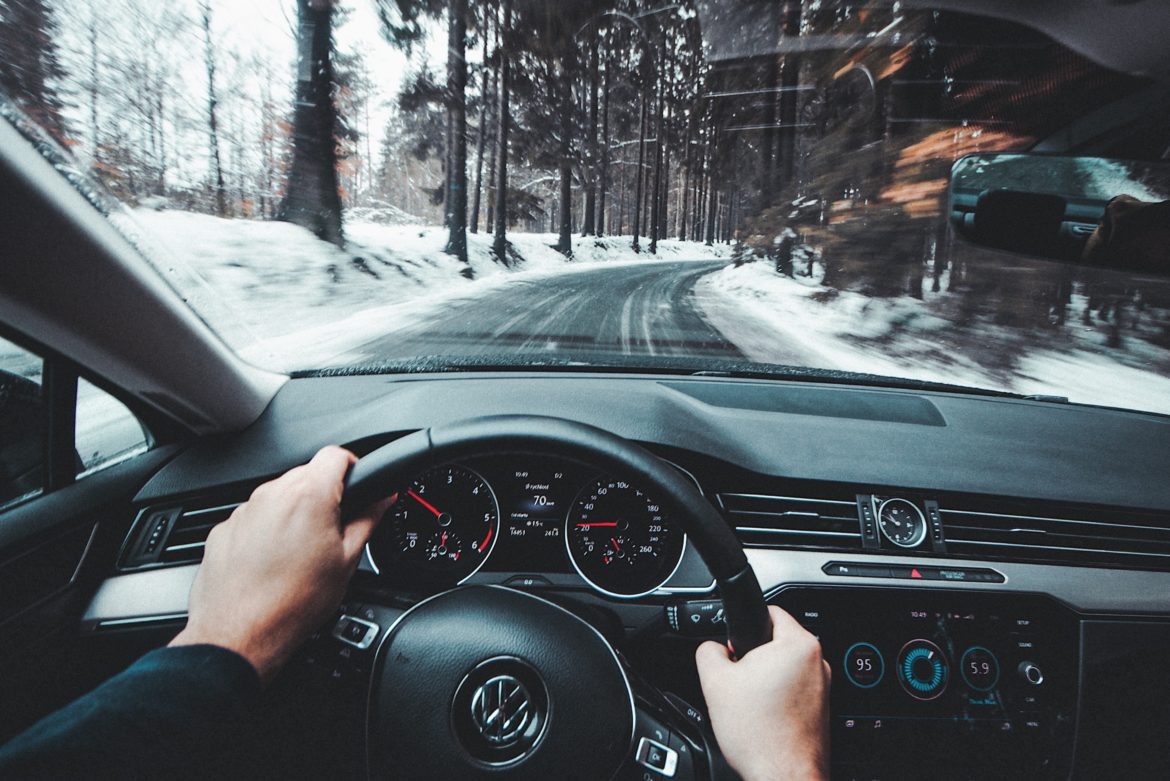You’ve probably wondered: What speed should a driver travel when merging? While the right answer varies from driver to driver, merging safely requires drivers to maintain a certain speed to merge smoothly. As long as it’s reasonable for the merging car to travel at the same speed as the merging vehicle, the driver is safe.
Identify the gap between cars
Identify the gap between cars before merging. Then, increase your speed until you have at least one lane’s width. While it may seem counterintuitive, many drivers slack off before merging and cause an accident. This is a mistake, as merging is a shared responsibility. Ensure to remain alert to cars in your lane and on the side, and adjust your speed as needed.
When merging, always aim for a gap between vehicles but keep in mind that drivers ahead may not be aware of their presence. Using your turn signal early is important to avoid colliding with a vehicle in your blind spot. If the road is marked with solid lines, merging is not allowed. You should follow the flow of traffic and cross only one lane at a time. It’s also wise to use the broken lane for merging if necessary.
When merging into a two-lane road, you must use your best judgment. Always check your mirrors for gaps to merge into, and adjust your speed accordingly. Remember that you should be prepared to stop or slow down if the merging car in front of you waved you into its lane. After merging, stay calm, and drive at the same speed as other traffic on the highway.
vehicles coming from behind you
While merging, keep a lookout for any vehicles coming from behind you. If possible, leave at least a four-second gap between you and the vehicle in front of you. Avoid squeezing into small gaps because you’ll have to merge into a larger gap. Also, always remember to use your turn signal. And, remember, the goal is to merge into the freeway lane, not to merge in one lane and then cross the rest of the lanes.

When merging, drivers should be sure to follow the posted speed limits and traffic flow. It’s also best to stay in the slower lane, as blocking it is illegal. By following these rules, drivers can ensure a safe merge and reduce traffic congestion. If a driver’s speed is too high, they risk being pulled over by police officers. While merging, drivers should be careful not to overtake the vehicle in front of them. Drivers should always yield to pedestrians, especially when approaching an intersection.
If they don’t, they may not be able to stop in time to avoid being hit by a vehicle.
The driver decides to merge
Once a driver decides to merge, they should carefully check their blind spot and signal the intent to merge. After merging, drivers should slow down and move sideways into any gaps. Drivers should avoid merging at high speeds and stay within the speed limit to ensure safe passage. In addition, drivers should maintain an appropriate view of all lanes and vehicles while merging. If merging is deemed safe, they should follow the posted speed limits.
When merging, drivers should slow down slowly before entering the turning lanes. When merging, drivers should always signal at least three to four seconds before making a turn. They should also slow down without blocking traffic behind them. After entering the deceleration lane, drivers should remain in their lanes and not attempt to cut off other vehicles. The right-hand lane is usually reserved for slower-moving vehicles.

